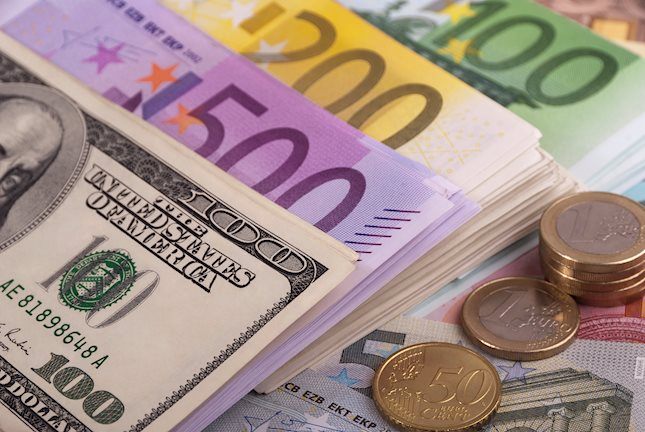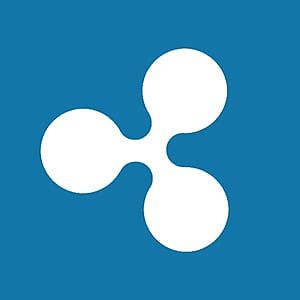The coming week in the region is expected to be less hectic than the previous two. On Monday, Czechia is set to release the PPI for August; we anticipate a slight upward movement, which is a direct result of the surge in oil prices. Furthermore, the National Bank of Poland will release core inflation figures for August on the same day. On Tuesday, we can expect to see current account data for both Slovakia and Serbia and unemployment figures for Slovakia, although these may arrive up to two days later, as the date is not fixed. Wednesday will be the busiest day of the week with regards to economic indicators, largely due to Poland. The statistical office is set to release wage developments, industrial production and PPI figures on that day, while Croatia will publish unemployment and wage growth data. On Thursday, the main monthly indicators in Poland will be rounded up with the release of retail sales data. Additionally, Slovenia will show its PPI on the same day. Finally, Friday will have no major economic releases.
FX market developments
During the course of the last week, the Polish zloty depreciated against the euro more visibly in the aftermath of the surprisingly high interest rate cut. Towards the end of the week, the situation stabilized, amid assurances from Polish policy-makers that the recent development of the currency should not be a major concern. The central bank decision, however, wiped off most of the year-to-date gains, and we believe that currency development will be an important factor in the next interest rate decision in October. As for other central banks, Hungary announced the end of its two-tier rate regime as of October 1. At the September meeting, the one-day deposit rate and key interest rate should be merged, leaving the base rate as the only effective interest rate. The Czech central bank cut the countercyclical buffer rate for lenders to 2%, which should enhance lending activity. The discussion about monetary easing seems unavoidable, but the Czech central bankers stress that they are in no rush.
Bond market developments
The bond market in the region showed a mixed performance over the last week, with Czech and Hungarian long-term yields going down, while in other countries 10Y yields remained stable or went in the opposite direction. The ECB decision to increase the key interest rates on Thursday by 25 basis points did not bring major changes to the long-term yields on core markets. At the same time, the ECB assumes that the interest rate level achieved, if maintained for a sufficiently long duration, will make a substantial contribution to the timely return of inflation to the inflation target. For a central bank, this is a relatively clear indication that no further interest rate hikes are expected as long as inflation continues to retreat. Romania raised EUR 3.25bn by tapping the international bond market as its financing needs for 2023 should increase once the budget deficit target is revised higher. The appetite for foreign-denominated bonds remains high, as Romania announced plans to issue Samurai bonds by the end of the year. Hungary will also be adjusting its 2023 budget at the beginning of October, due to weak tax revenues, as recession bites the economy. This week, Czechia, Slovakia and Romania will be active on the bond market.
This document is intended as an additional information source, aimed towards our customers. It is based on the best resources available to the authors at press time. The information and data sources utilised are deemed reliable, however, Erste Bank Sparkassen (CR) and affiliates do not take any responsibility for accuracy nor completeness of the information contained herein. This document is neither an offer nor an invitation to buy or sell any securities.
Recommended Content
Editors’ Picks

AUD/USD risks a deeper drop below 0.6600
AUD/USD quickly eroded Tuesday’s gains and came under renewed and quite strong selling pressure on Wednesday, challenging the 0.6620-0.6630 zone, where the critical 200-day SMA converges.

EUR/USD: Upcoming PMIs could bring some relief
The growing downward pressure pushed EUR/USD to new lows around 1.0760 for the first time since late July. This move was largely driven by the US dollar’s strong performance and the lack of meaningful news from ECB policymakers.

Gold declines to $2,720 corrective decline may continue
Gold price retreats from the all-time-high it set near $2,560 earlier in the day and trades slightly below $2,720. Rising US Treasury bond yields and the unabated US Dollar (USD) strength makes it difficult for XAU/USD to hold its ground midweek.

Ripple co-founder Chris Larsen misses key deadline, XRP slips nearly 3%
Ripple (XRP) trades at $0.5189 on Wednesday, October 23. The key market movers for the native token of the XRPLedger are the Securities & Exchange Commission’s (SEC) lawsuit against Ripple.

BRICS Russia summit begins with false claim the bloc has larger GDP than G7
Russian President Vladimir Putin should check his facts. In a speech at the BRICS Business Forum in Moscow on October 18, the Russian President came up with some interesting fantasy statistics about the size of the association’s GDP.

Best Forex Brokers with Low Spreads
VERIFIED Low spreads are crucial for reducing trading costs. Explore top Forex brokers offering competitive spreads and high leverage. Compare options for EUR/USD, GBP/USD, USD/JPY, and Gold.